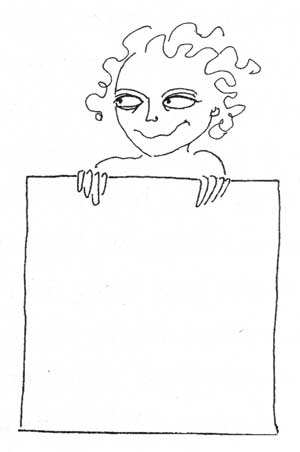“I wept for four years and when I stopped I was blind”
The conversion phenomena of hysteria were the subject of intense study in the late nineteenth and early twentieth centuries, after which work on the subject went into decline. The patients are still with us, however, and I cite an epidemic of hysterical blindness among Cambodian refugees living in the U.S. as a poignant example. Since the advent of brain imaging technology, conversion hysteria has been receiving renewed attention. In this paper, I suggest that examining the ideas about hysteria from the past, especially those of Charcot and Janet are fertile areas of study, including the illness and its relation to hypnosis, shock, suggestion, and dissociation theory. I also address the role of the imaginary and the imagination in the illness and critique the implicit dualist model used in most brain imaging studies that distorts the integration of psyche and soma. I summon Merleau-Ponty's body-subject, infant research on intersubjectivity, and Vittorio Gallese's "embodied simulation" as possible windows onto the problem of hysterical conversion, and finally I suggest that along with imaging studies, more dynamic narrative strategies should be used if we hope to understand the metamorphoses, mimesis, and powerful emotions that all play a part in this mysterious disease.
